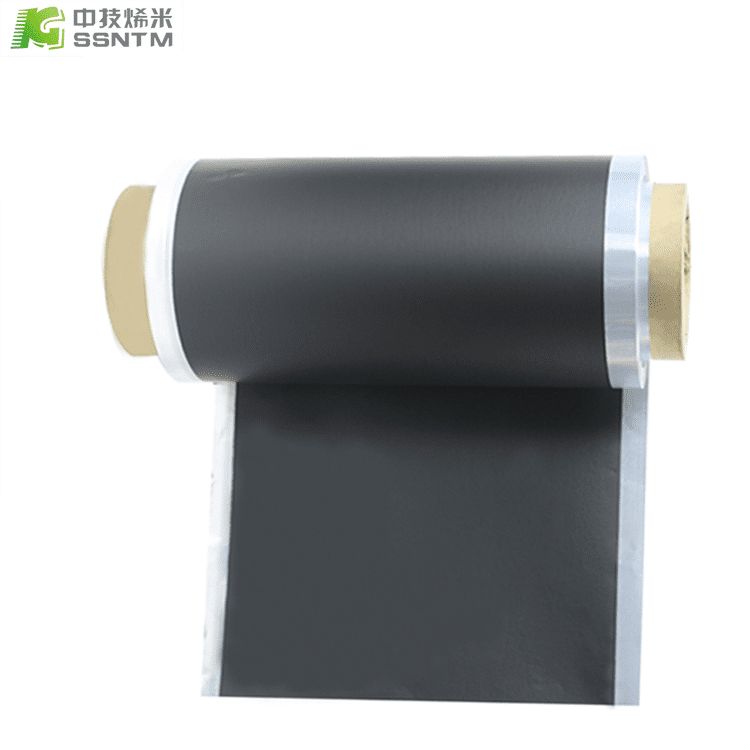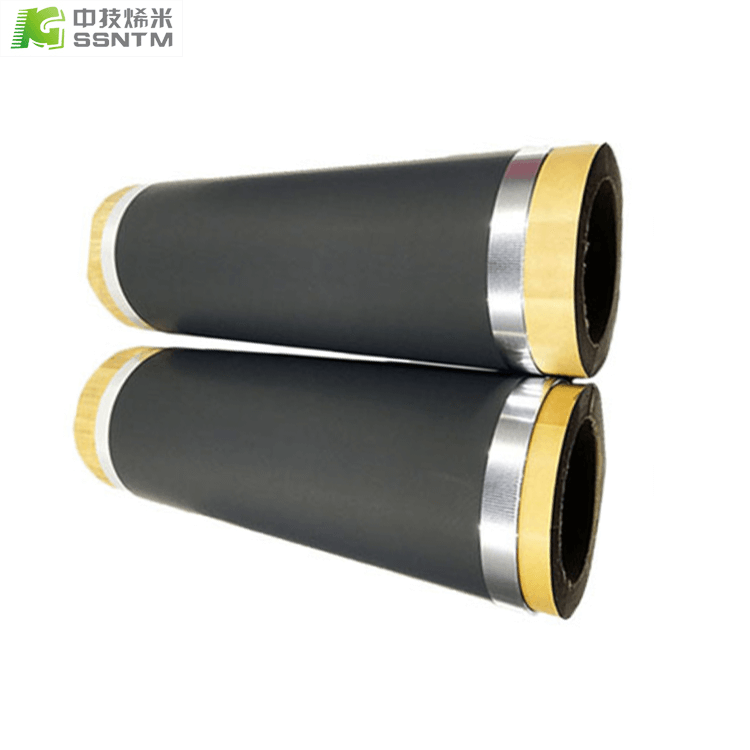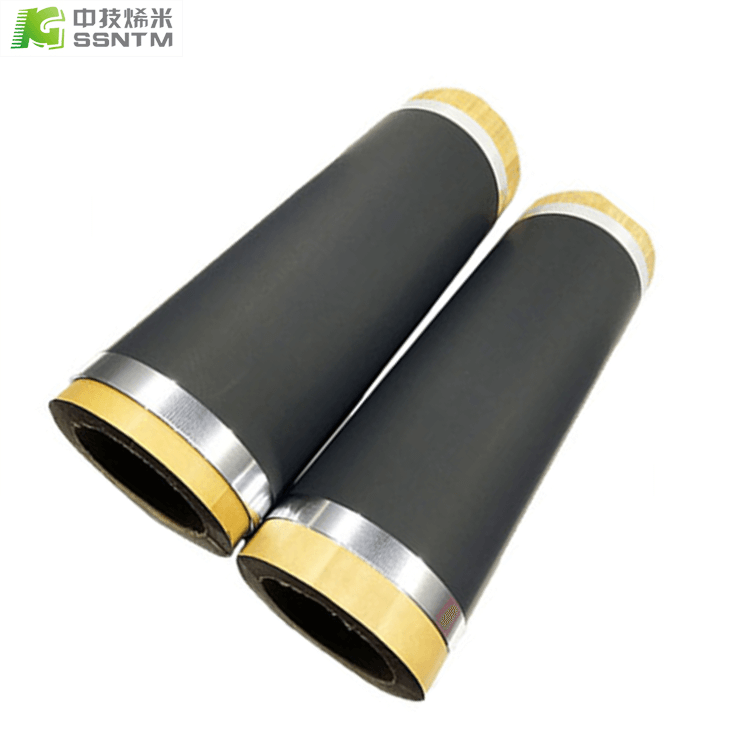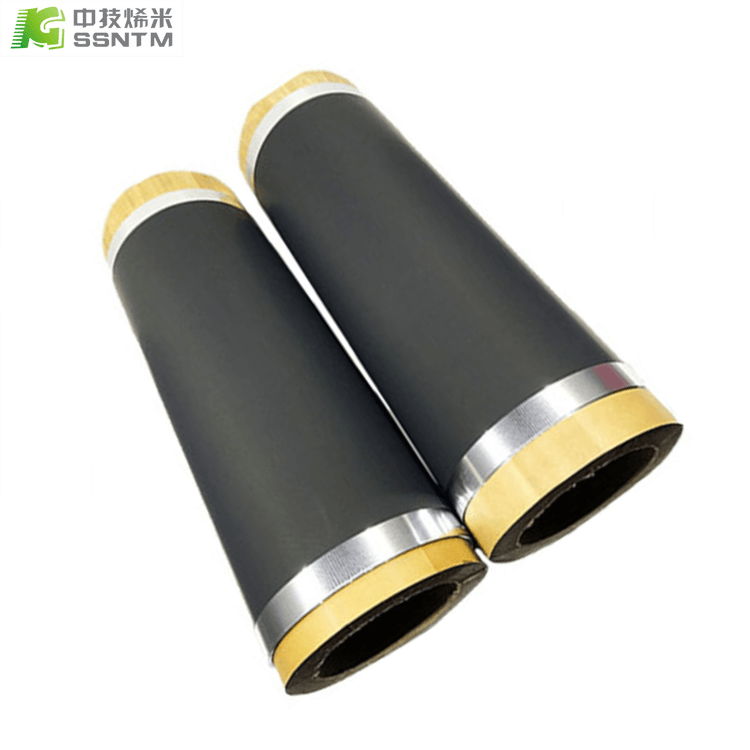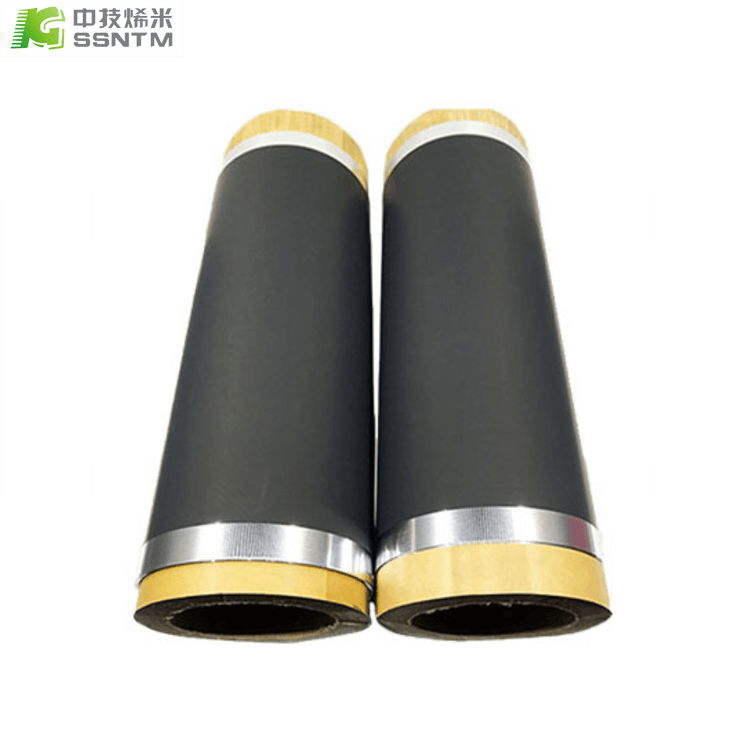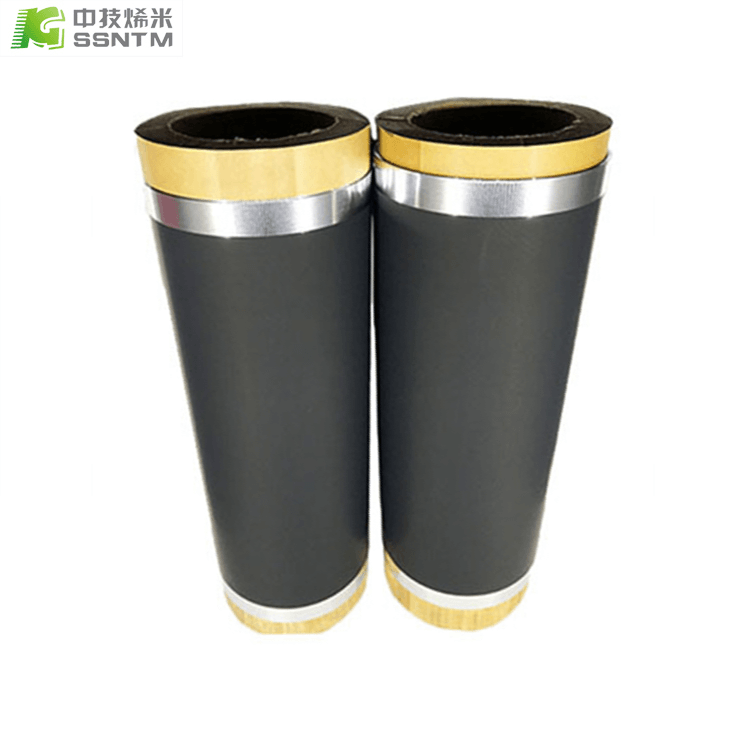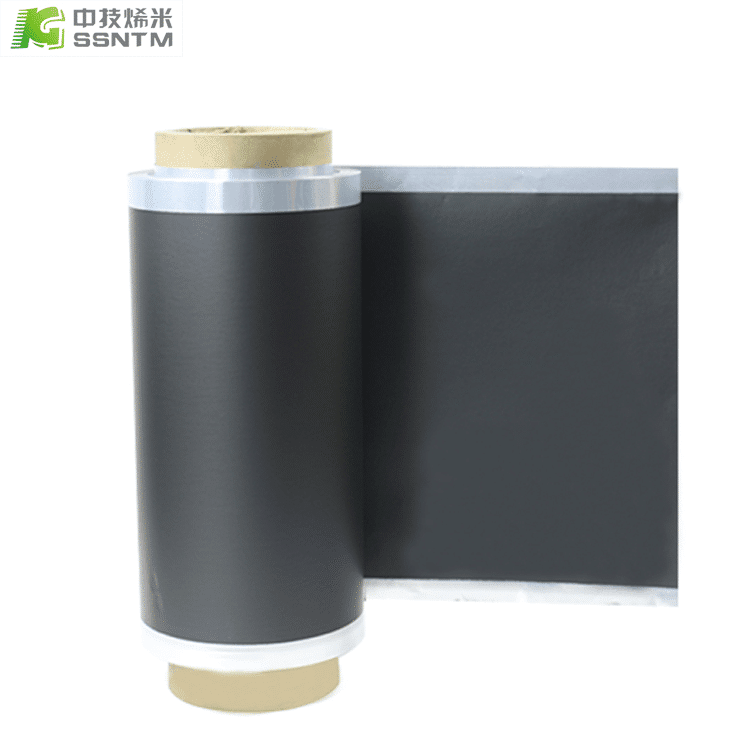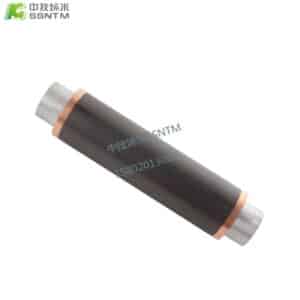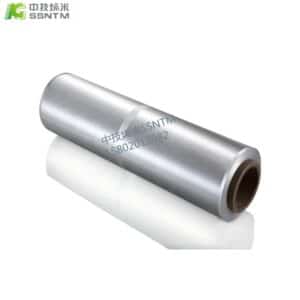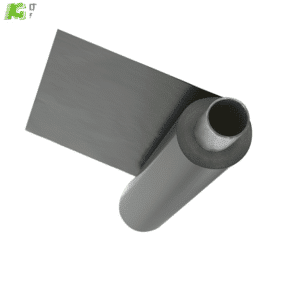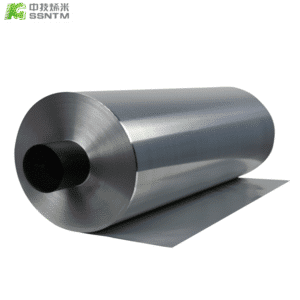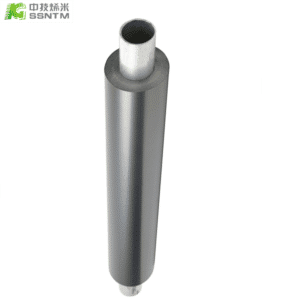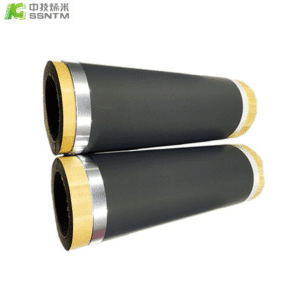Description
Dry coating electrode technology is one of the advanced manufacturing technologies of semi-solid and solid state lithiumion battery and solid state supercapacitor, in which the dry roll pressing process is the key. The continuous dry rolling processindependently developed by our company only needs to form a dry electrode film with high density and uniform surface with evenly mixed electrode materials through multi-stage rolling, and then combine with current collector hot pressing to form an electrode sheet with dense structure and uniform thickness.
The difference between the dry process of electrode coating technology and the traditional wet process of electrode coating technology is that the wet method requires the use of solvents. The process is to mix the negative and positive electrode material powder with the solvent, and then apply it to the metal current
collector to dry. The dry method does not require a solvent, and the electrode material powder is directly pressed onto the metal current collector to form the electrode. The binder exists in the fiber
state, and the contact between the activated carbon particles and the conductive particles is closer. Compared to the wet process,dry electrode manufacturing does not require a larae plant footprint to dry the solvent, greatly reducing the capital and labor costs required by the plant, and is more environmentally friendly.
advantages:
1. Electrode thicker, solvent-free.
2.High electrode density, good conductivity, high capacity,low internal resistance, carbon powder is not easy to fall off,long cycle life.
3. High purity, no inclusions, clean and environmental protection
4. Excellent vibration resistance, customized specifications
Application:
1.Semi-solid and solid state lithiumion battery
2.EDLC Supercapacitor (double layercapacitor)
| Item |
Thickness |
Density of the Active Laver |
Active carbon |
Specific Capacitance |
Volume resistivity |
| DEH |
180-250um |
0.61 g/cc |
porosity |
12000 F/m2 |
20 Ohm cm |
Main Features of the EDLC Electrode Tape, Type #1:
1. Total width: 125.0 +/-1.0mm
2. Width of the Active layer: 110 +/-1.0 mm
3. Width of aluminum foil without coating: 15 +/-1.0 mm
4. Total thickness: 200 µm +/-10 µm
5. Aluminum Foil thickness: 20 +/-2 µm
6. Density of the Active Layer: 0.61 gm/cc min.
7. Mother roll core ID = 76.2 mm
8. Purity of Aluminum Foil > 99.7%
9. Specific Capacitance of the Active layer: 12000 F/m2
10. Volume resistivity of the Active layer: 20.0 Ohm cm – max.
– EDLC Electrode Tape, Type #2 – 8100 m2
Main Features of the EDLC Electrode Tape, Type #2:
1. Total width: 250.0 +/-1.0mm
2. Width of the Active layer: 110 +/-1.0 mm
3.Width of aluminum foil without coating: 15 +/-1.0 mm
4. Total thickness: 200 µm +/-2 µm
5. Aluminum Foil thickness: 20 +/-1 µm
6. Density of the Active Layer: 0.61 gm/cc min.
7. Mother roll core ID = 76.2 mm
8. Purity of Aluminum Foil > 99.7%
9. Specific Capacitance of the Active layer: 12000 F/m2
10. Volume resistivity of the Active layer: 20.0 Ohm cm – max.
OEM is welcome
Features
Dry coating electrodes (also known as EDLC electrodes) are an important component in electrochemical energy storage devices, such as supercapacitors. When it comes to dry coating electrode tapes, here are some common features:
1. Material Composition: Dry coating electrode tapes are typically made from a combination of highly conductive materials, such as carbon-based materials (e.g., activated carbon), conductive additives, and binders. These materials create a porous structure that maximizes the electrode’s surface area for improved energy storage capacity.
2. Tape Format: Dry coating electrodes are often manufactured in the form of flexible tapes or sheets. The tape format allows for efficient handling, assembly, and integration into supercapacitor manufacturing processes.
3. Porosity: The electrode tape possesses a controlled porosity, which enables the infiltration of electrolyte ions and facilitates efficient charge transfer during the energy storage process. The porosity also affects the specific capacitance of the electrode, influencing its overall performance.
4. Thickness and Density: The thickness and density of the electrode tape play a crucial role in determining the electrochemical performance of the supercapacitor. These factors impact the energy density, power density, and cycle life of the device.
5. Conductivity: Dry coating electrode tapes exhibit excellent electrical conductivity to facilitate rapid charge and discharge processes. The choice of conductive materials and their arrangement within the tape contributes to achieving high conductivity.
6. Binder System: Binders are used in dry coating electrode tapes to hold the active material particles together and to maintain the structural integrity of the electrode during cycling. The binder system must be compatible with both the active material and the electrolyte for optimal electrode performance.
7. Mechanical Strength: The electrode tape should possess sufficient mechanical strength to withstand manufacturing processes, including cutting, stacking, and assembling into supercapacitor cells. This ensures the electrode’s integrity and prevents delamination or cracking.
8. Adhesion: The electrode tape should exhibit good adhesion to the current collector, which is typically made of a conductive material like aluminum or copper foil. Strong adhesion between the electrode and current collector minimizes resistance and facilitates efficient charge transfer.
9. Scalability: Dry coating electrode tapes are designed to be easily scalable for mass production. This allows for efficient manufacturing processes and cost-effective production of supercapacitors.
10. Compatibility: The electrode tape must be compatible with the chosen electrolyte and packaging materials to ensure reliable and safe operation of the supercapacitor device.
It’s important to note that the specific features of dry coating electrode tapes may vary depending on the desired supercapacitor performance, the target application, and the manufacturer’s design choices. These features are continuously evolving as researchers and engineers work to improve the energy storage capabilities of supercapacitors.

